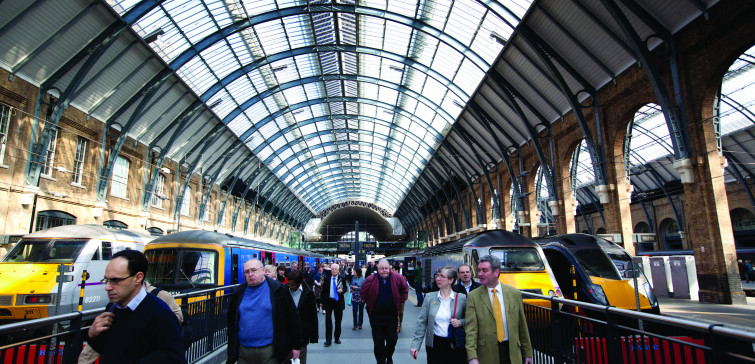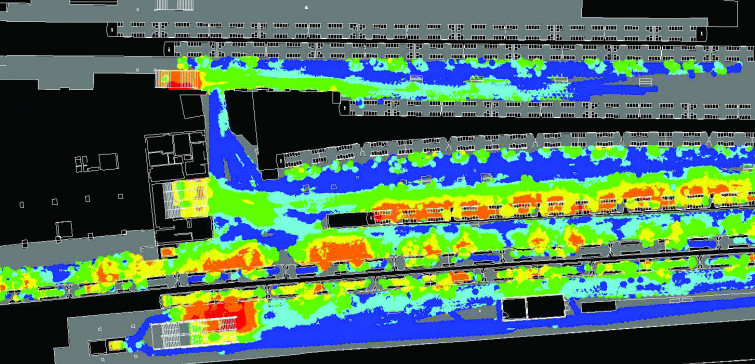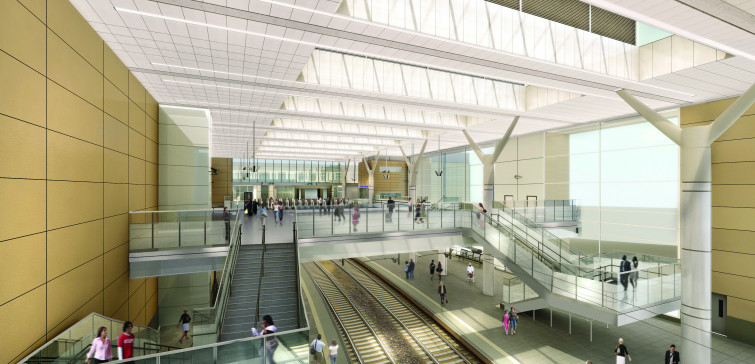Station planning
Railway stations not only form a vital transport interchange function, acting as gateways to towns and cities; they are also an integral part of local neighbourhoods. As governments seek to encourage modal transfer onto public transport it is vital that railway stations are able to rise to the challenge of ever increasing passenger throughput whilst providing safe, convenient and hassle free inter modal interchanges.
Station planning
Redeveloping existing railway stations to meet future demand and provide 21st Century facilities whilst respecting railway architectural heritage is the challenge facing rail infrastructure owners. Network Rail have developed an enviable track record of enhancing Britain’s railway stations without losing sight of Britain’s unique railway architecture and have successfully modernised stations such as King’s Cross, and Waterloo stations in London.
Station planning
Network Rail owns over 2,500 stations in Britain and operates the 17 largest railway stations, which includes all the main line stations in London and the principal stations in Birmingham, Manchester, Glasgow and Edinburgh. This gives us a unique insight into various aspects of station operations such as managing passenger flow during exceptional conditions, such as train cancellations and sporting events; and evacuation procedures. Furthermore, we have extensive experience of planning and implementing major station upgrade programmes, such as Blackfriars, Farringdon and City Thameslink station upgrades as part of the £6 billion Thameslink Programme.
Our experienced consultants provide advice on:
- minimising any safety risk related to congestion and people movements
- assessing the capacity of critical points and constraints
- assessing the implications of emergency and perturbed situations
- considering how an area may operate in future years with forecast movements
- assessing significant timetable changes
- highlighting design issues and influencing design
- determining strategies for special event planning and operational control such as the London 2012 Games
- assessment of station retail outlets on passenger flows (also see retail and commercial advisory services)
- assessing impact of rail patronage on access and egress modes such as taxis, buses and metro services.







